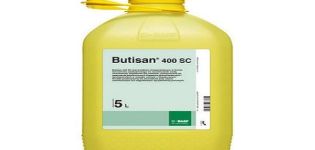TOP 3 ways to do if homemade wine is too sweet
When making wine at home, it is difficult to achieve perfect taste. Inexperienced winemakers are often faced with a situation where the prepared alcohol is impossible to drink because of its cloying sweetness. Many people dispose of a failed drink, and in vain. There are three options for what to do if your homemade wine is too sweet. It is worth using them if you are sorry to get rid of a valuable product.
Why does excess sweetness appear?
The first reason why wine is too sweet is improper manufacture.
The procedure for creating a grape drink is divided into several stages:
- vintage;
- squeezing out juice;
- fermentation;
- clarification.
It is at the third stage that a violation of the production technology is possible, leading to an excessive sweetness of the drink. Fermentation is the conversion of sugar into ethyl alcohol. With insufficient activity of the chemical process, an imbalance in taste is revealed.
Also, the product is overly sweet when the winemaker:
- chose sweet dessert grapes as raw materials;
- used a large volume of water to dilute the grape juice;
- overwhelmed the wort.

How to fix homemade wine that's high in sugar
Three methods are used to correct the sweetness level of homemade alcohol:
- adding water;
- blending;
- repetition of fermentation.
These activities are simple, but their technology must be strictly observed. Otherwise, the product will not acquire a pleasant taste, but will become worse in terms of other quality characteristics.
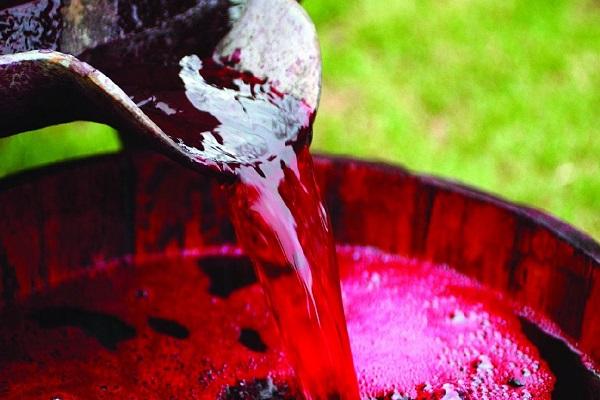
Dilution with water
Any homemade wine, except fortified wine, can be diluted with water. The procedure is carried out following the rules below:
- Dilute the sweet wine just before drinking. First, add water to a small amount of alcohol to test for a change in taste.
- Use only boiled or distilled water.
- Sweet red wine is diluted with warm water, white - with cold.
- Water is poured in a little, after each addition it is tasted. This will prevent desalination of the beverage due to excess liquid addition.
- When combining alcohol and water, you should adhere to the optimal proportion - 1: 3.
- That's right - pouring water into wine, wrong - on the contrary.
If the result of dilution is the desalination of the drink, then a couple of crystals of citric acid can be added to acidify. It is noticed that diluted wine becomes more aromatic.
You can use mineral water to reduce the sweetness of alcohol.The result is a refreshing drink reminiscent of sparkling wine.
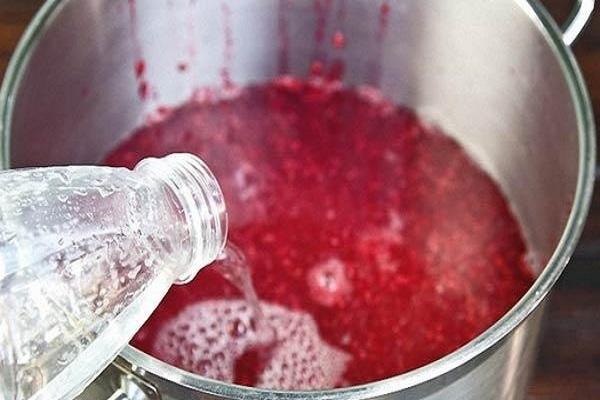
Blending
To remove cloying, sweet wine is combined with dry wine made from grapes of the same variety. If there is no homemade blending material, then you can buy a suitable dry wine in the store.
Drinks are combined slowly, carefully. After each mixing, taste until the taste is optimal. Blending is a creative process that allows not only to reduce the sugar content of alcohol, but also to achieve interesting flavor combinations.
Some housewives do not fix the sweet wine, but add it as a liqueur substitute ingredient in homemade cocktails.
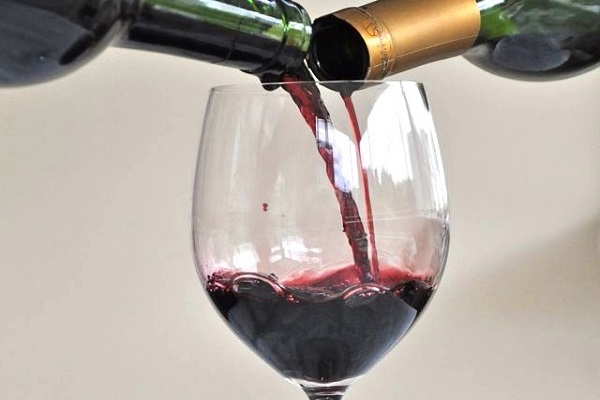
Re-fermentation
To reduce the sweetness, the drink is subjected to a repeated fermentation process. The procedure is lengthy and takes more than 2 months, therefore it is used when dilution and blending have failed.
Sweet wine is combined with wine must in equal proportions. Leave in a warm, shaded place until the fermentation process is complete. This is the surest way to save spoiled alcohol.
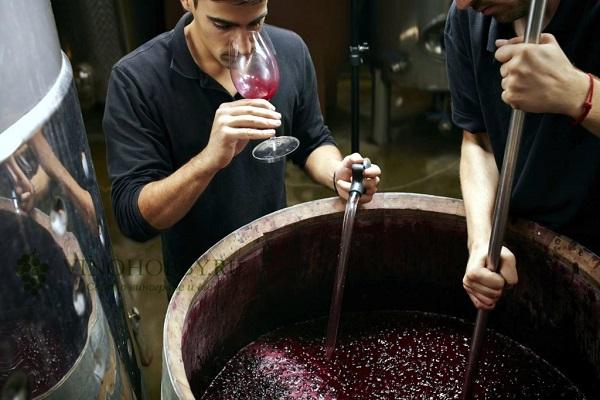
Prevention measures
For making homemade alcohol, you should choose not dessert, but less sweet wine grapes.
But it is much more important to follow the technological rules in the production process. Do not overdo it with added water and sugar. It is extremely important to control the fermentation stage when the processed sugar forms the wine strength. With an excessive addition of sweetener to the wort, the fermentation reaction is completed before the drink acquires the required level of sweetness.
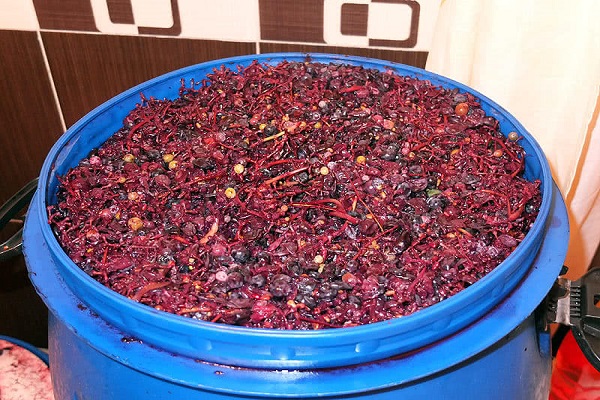
Many winemakers, whose vineyards are located in temperate latitudes, sin by adding too much sugar to the must, hoping to compensate for the lack of sweetness in the berries. Indeed, in adverse climatic conditions, grapes often ripen sour.
To understand that the wine will turn out to be too sweet, it is possible at the stage of fermentation - by the excessive production of carbon dioxide, the actively bubbling surface of the drink.
However, inexperienced winemakers rarely pay attention to such signs. To correctly measure the amount of sugar, you need experience, but while it is not, you must strictly follow the instructions for making wine.








